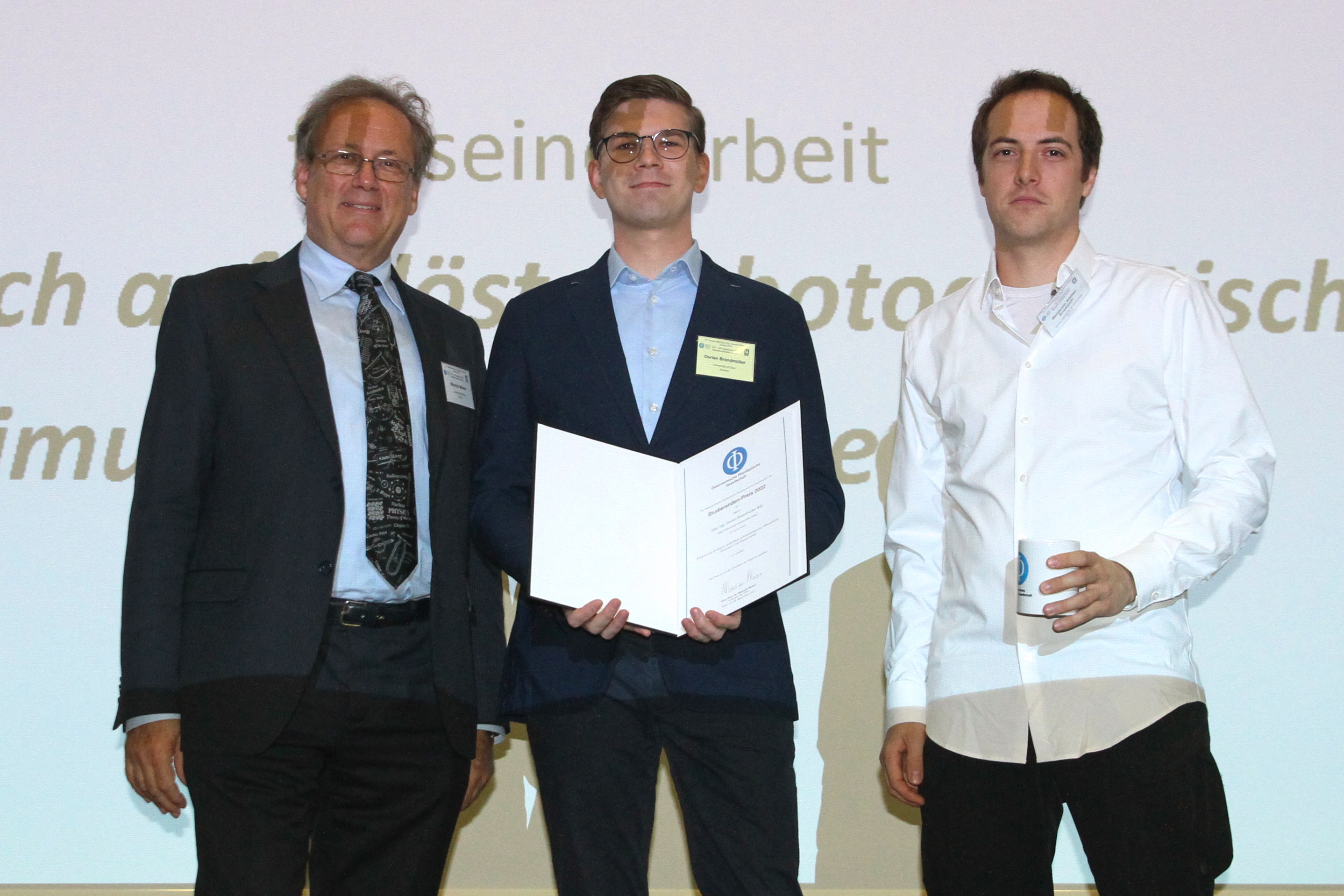From our day-to-day lives we know quite well that light and sound can be, figuratively speaking, as different as day and night, exhibiting vastly different properties. During a thunderstorm, for instance, it is quite natural that the lightning is first perceived visually and then, with some delay, also acoustically (thunder) because light and sound travel at different speeds. Moreover, we can hear voices around corners, but seeing across obstacles in the line of sight is difficult. Despite the fact that they seem to be quite contrasting, however, the interaction of light and sound can open up a plethora of possibilities in fundamental and applied research. For instance, sound can be encoded in a light signal and sent across huge distances, to then be decoded again back into an acoustic signal. Furthermore, light is also capable of creating sound waves when interacting with matter. One of the underlying processes in this context is called the photoacoustic effect, describing the local heating of a medium when absorbing impinging light partially. Eventually, this temperature increase will lead to a local expansion of said medium giving rise to a pressure change and ultimately to a sound wave. This phenomenon is key to photoacoustic microscopy or tomography, bringing together the advantages and features of light and sound waves. The field of photoacoustic imaging is explored and studied in great detail in the Optics of Nano and Quantum Materials (OpNaQ) group at the Institute of Physics at KFU.
In his Master’s thesis, Dorian Brandmüller, now PhD student in the OpNaQ group, numerically and experimentally investigated the propagation of light and sound in various types of specimens and the detection of acoustic waves. Funded by the FFG and In collaboration with the MedUni in Graz and other partners, the aim is to apply the gained knowledge to the investigation of organs, enabling, for instance, the permanent monitoring of their condition before a transplantation.
The award ceremony is held during the 2022 ÖPG meeting in Leoben where Dorian Brandmüller is also presenting his research in an invited talk. Congratulations Dorian!
Contact:
Peter Banzer (peter.banzer(at)uni-graz.at), Robert Nuster (ro.nuster(at)uni-graz.at), Dorian Brandmüller (dorian.brandmueller(at)uni-graz.at)
Links:
https://physik.uni-graz.at/de/optik-von-nano-und-quantenmaterialien/
https://www.oepg-ym.at/index.php?lang=en&page=award
